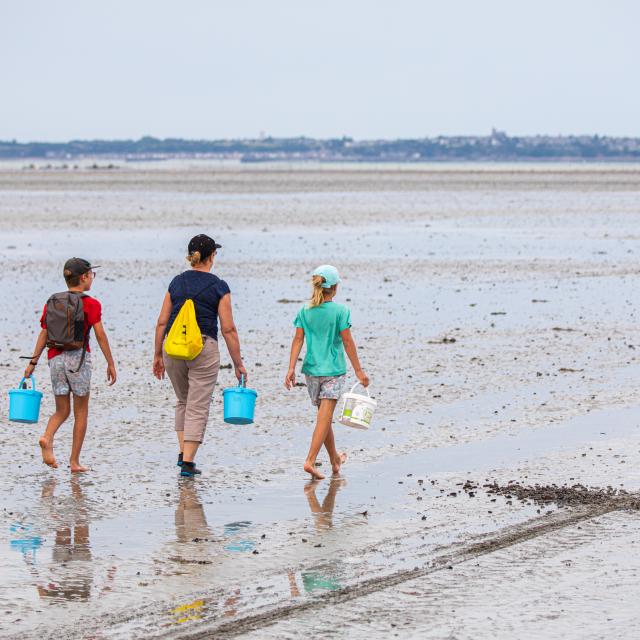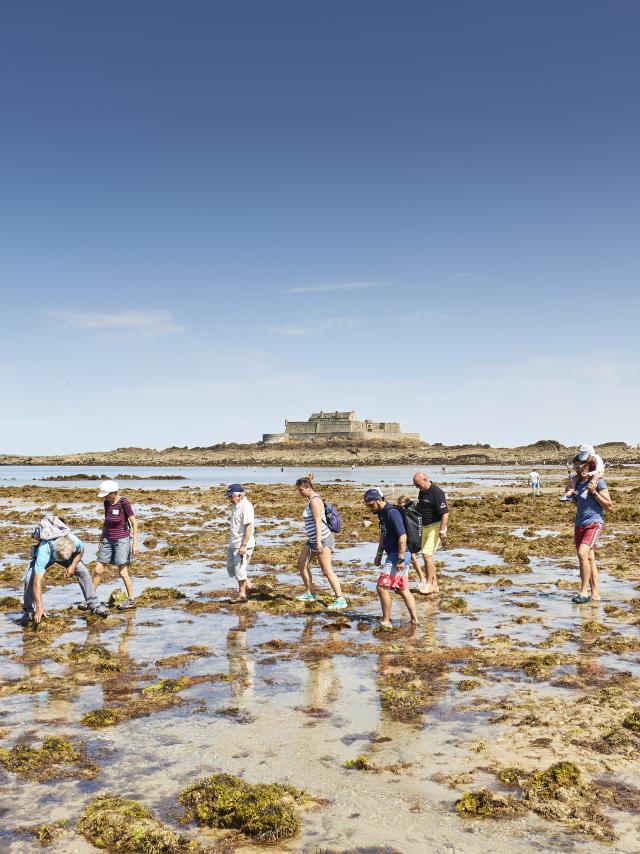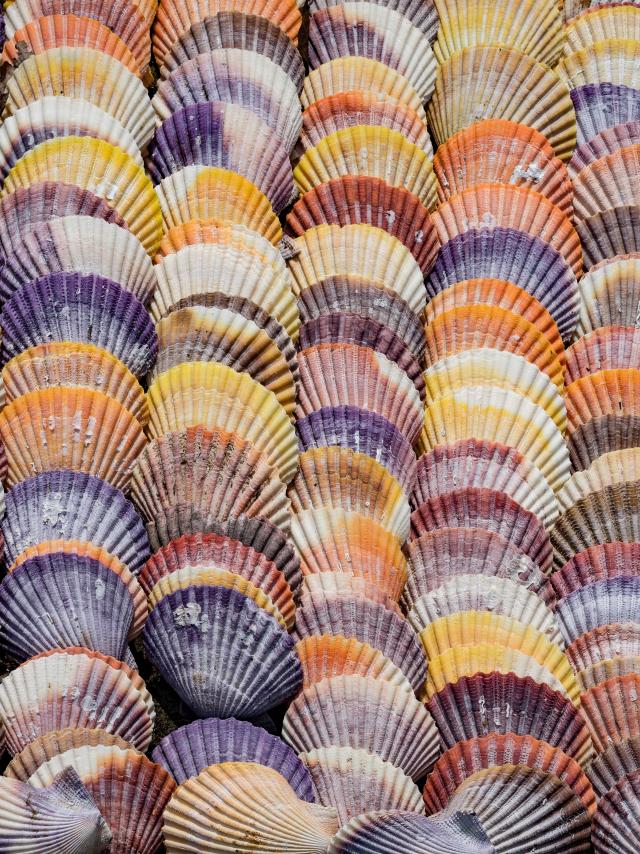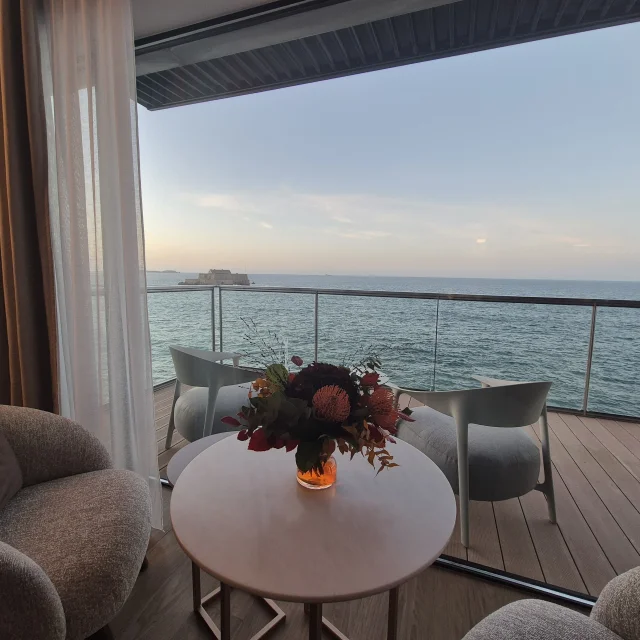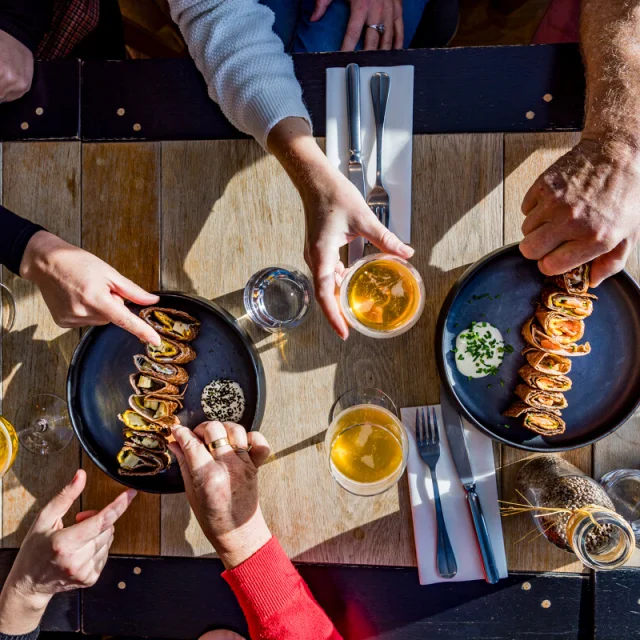 ©alamoureux Découverte Guidée Du Littoral (27)
©alamoureux Découverte Guidée Du Littoral (27) Peche A Pied Abri Des Flots Cancale Alexandre Lamoureux 2797
Peche A Pied Abri Des Flots Cancale Alexandre Lamoureux 2797 ©alamoureux Découverte Guidée Du Littoral (24)
©alamoureux Découverte Guidée Du Littoral (24)Every Breton has a family member or friend who enjoys fishing on foot. Because the sea offers us something to eat, let’s learn how to gather its fruits, while respecting the mesh, to ensure the longevity of this Garden of Eden.
Take advantage of low tide to discover the foreshore and bring back a few shellfish that you can enjoy as an aperitif: cockles, clams, periwinkles, razor clams… Be vigilant and don’t go off at random. Fishing on foot is regulated, so don’t improvise!
For your health, it’s best to consult the Agence Régionale de la Santé website, which provides information on beaches where fishing on foot is inadvisable or prohibited.
The size and quantity of shellfish taken must also be respected in order to conserve the resource and ensure that fishing on foot can continue!”





